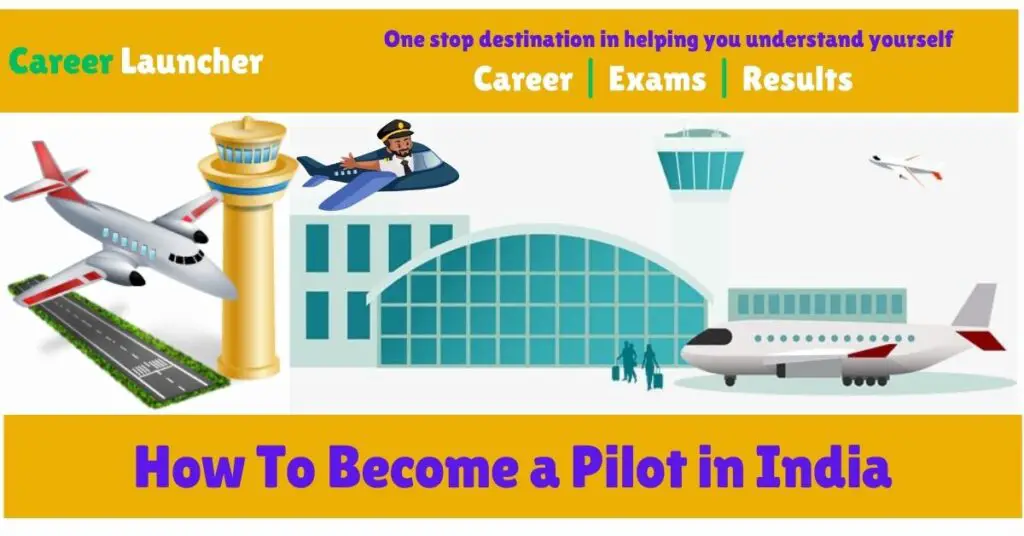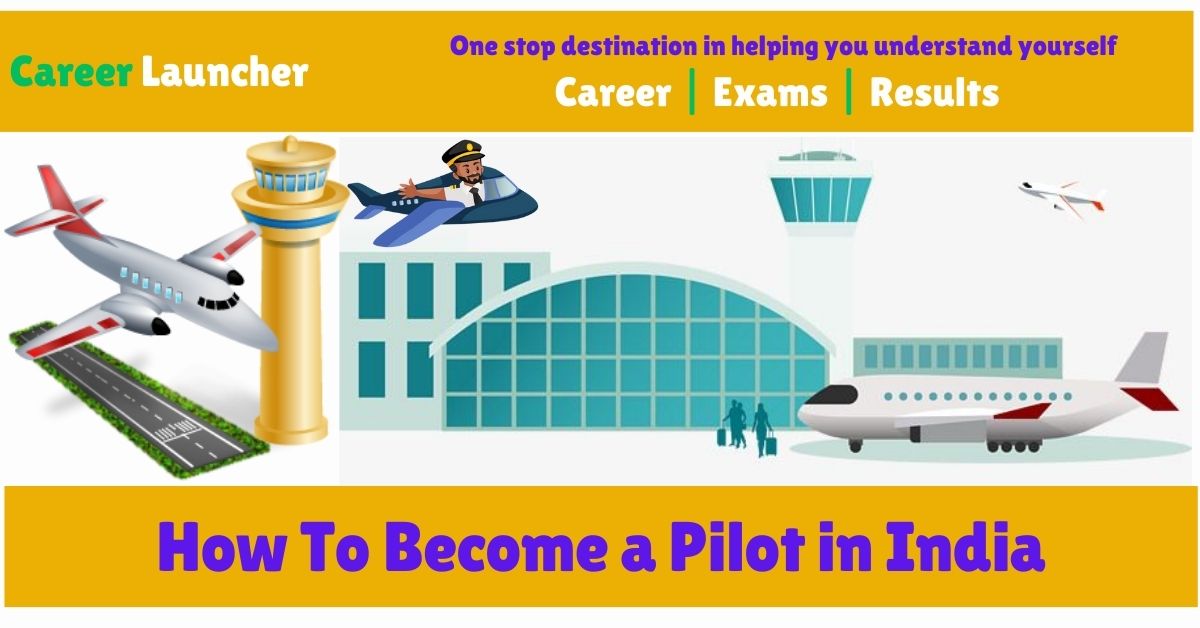Becoming a pilot in India is a dream shared by many. The journey to the cockpit is challenging but rewarding, offering a career filled with excitement, responsibility, and significant opportunities. This guide provides a comprehensive roadmap on how to become a pilot in India, covering all necessary steps, from eligibility requirements to obtaining your pilot’s license.
Types of Pilots in India
Before embarking on the journey to become a pilot, it is crucial to understand the different types of pilots:
Commercial Pilot (CPL): A Commercial Pilot License (CPL) allows you to fly commercial aircraft and be paid for your services. This license is essential for anyone aiming to pursue a career as a pilot with airlines.
Private Pilot (PPL): A Private Pilot License (PPL) permits you to fly private aircraft for personal use. While you cannot be paid for your services, it is a stepping stone towards obtaining a CPL.
Airline Transport Pilot (ATPL): The Airline Transport Pilot License (ATPL) is the highest level of pilot certification. It is required for commanding an aircraft as a captain and involves rigorous training and extensive flying experience.

Eligibility Criteria To Become a Pilot
To become a pilot in India, certain eligibility criteria must be met:
Age Requirements
- PPL: Minimum age of 17 years.
- CPL: Minimum age of 18 years.
- ATPL: Minimum age of 21 years.
Educational Qualifications
- 10+2 or equivalent with Mathematics and Physics from a recognized board.
- Students from non-science backgrounds can complete these subjects through the National Institute of Open Schooling (NIOS).
Medical Fitness
- Class II Medical Certificate for PPL.
- Class I Medical Certificate for CPL and ATPL.
Process to Become a Pilot In India
- Meeting the Educational Requirements
- Ensure you have completed your 10+2 education with Physics and Mathematics. If not, enroll in NIOS to complete these subjects.
- Obtain a Medical Certificate
- Schedule an appointment with a Directorate General of Civil Aviation (DGCA) approved medical examiner. For a CPL, you will need a Class I Medical Certificate, which involves a thorough health examination.
- Enroll in a Flying School
- Choose a DGCA-approved flying school. Some renowned flying schools in India include:
- Indira Gandhi Institute of Aeronautics, Chandigarh
- Madhya Pradesh Flying Club, Indore
- Bombay Flying Club, Mumbai
- Choose a DGCA-approved flying school. Some renowned flying schools in India include:
- Acquire a Student Pilot License (SPL)
- The first step in your flying training is obtaining an SPL. It involves:
- Written Examination: Testing basic aviation knowledge.
- Oral Test: Conducted by the Chief Instructor of the Flying School.
- The first step in your flying training is obtaining an SPL. It involves:
- Complete Flying Training
- To obtain a PPL, you need a minimum of 40 hours of flying, including solo and dual flying hours. For a CPL, a minimum of 200 hours of flying is required. This training includes:
- Solo Flights: Flying without an instructor.
- Cross-Country Flights: Navigational flights to different airports.
- Instrument Flying: Flying aircraft solely by reference to instruments.
- Night Flying: Training to fly at night.
- To obtain a PPL, you need a minimum of 40 hours of flying, including solo and dual flying hours. For a CPL, a minimum of 200 hours of flying is required. This training includes:
- Clear DGCA Examinations
- You need to pass the following DGCA examinations:
- Air Regulations
- Aviation Meteorology
- Air Navigation
- Technical General
- Technical Specific
- You need to pass the following DGCA examinations:
- Obtain Radio Telephony Restricted (RTR) License
- The RTR (Aero) license, issued by the Ministry of Communications, allows you to operate aircraft radio equipment. Clearing this examination is mandatory for obtaining a CPL.
- Apply for a Commercial Pilot License (CPL)
- Once you have completed the required flying hours and passed the necessary exams, apply to the DGCA for your CPL.
You May Also Read
- How To Become a Pilot in India, Check Eligibility, Process and Salary
- How To Become an Income Tax Officer, Check Eligibility, Process and Salary
- How To Become IAS Officer -Eligibility Criteria for the IAS Exam
- How To Become a Judge in India, Check Eligibility, Process and Salary
- How To Become a Teacher In India, Check Eligibility, Process and Salary
Career Opportunities and Progression
- Flight Instructor: After gaining experience, you can become a flight instructor, helping new pilots learn to fly.
- Charter Pilot: Work with charter companies, flying private clients and small groups on non-scheduled routes.
- Airline Pilot: Join an airline as a co-pilot and work your way up to the rank of captain. Major airlines in India include:
- Air India
- IndiGo
- SpiceJet
- Vistara
Advanced Training and Ratings
- Type Rating: A Type Rating is specific to the aircraft you will fly, involving additional training and testing. Popular type ratings in India include:
- Airbus A320
- Boeing 737
- Multi-Engine Rating: A Multi-Engine Rating allows you to fly aircraft with more than one engine, providing more opportunities for career advancement.
Financial Considerations
Becoming a pilot in India involves significant financial investment. Here are some cost considerations:
| License Type | Approximate Cost (₹) |
|---|---|
| PPL | 8-12 lakhs |
| CPL | 25-35 lakhs |
| Type Rating | 15-20 lakhs |
Scholarships and loans are available from various institutions to help manage these costs.
Challenges and Rewards
Challenges
| Challenge | Description |
|---|---|
| High Cost of Training | Significant financial investment |
| Intense Competition | High demand for limited positions |
| Rigorous Training | Requires dedication and perseverance |
Rewards
| Reward | Description |
|---|---|
| Exciting Career | Every day brings new challenges and experiences |
| Travel Opportunities | Explore different parts of the world |
| Lucrative Salary | Competitive salaries and benefits |
Becoming a Pilot in India is a fulfilling journey that requires dedication, financial investment, and rigorous training. By following the steps outlined in this guide, you can navigate the path to obtaining your pilot’s license and embarking on a successful aviation career.

